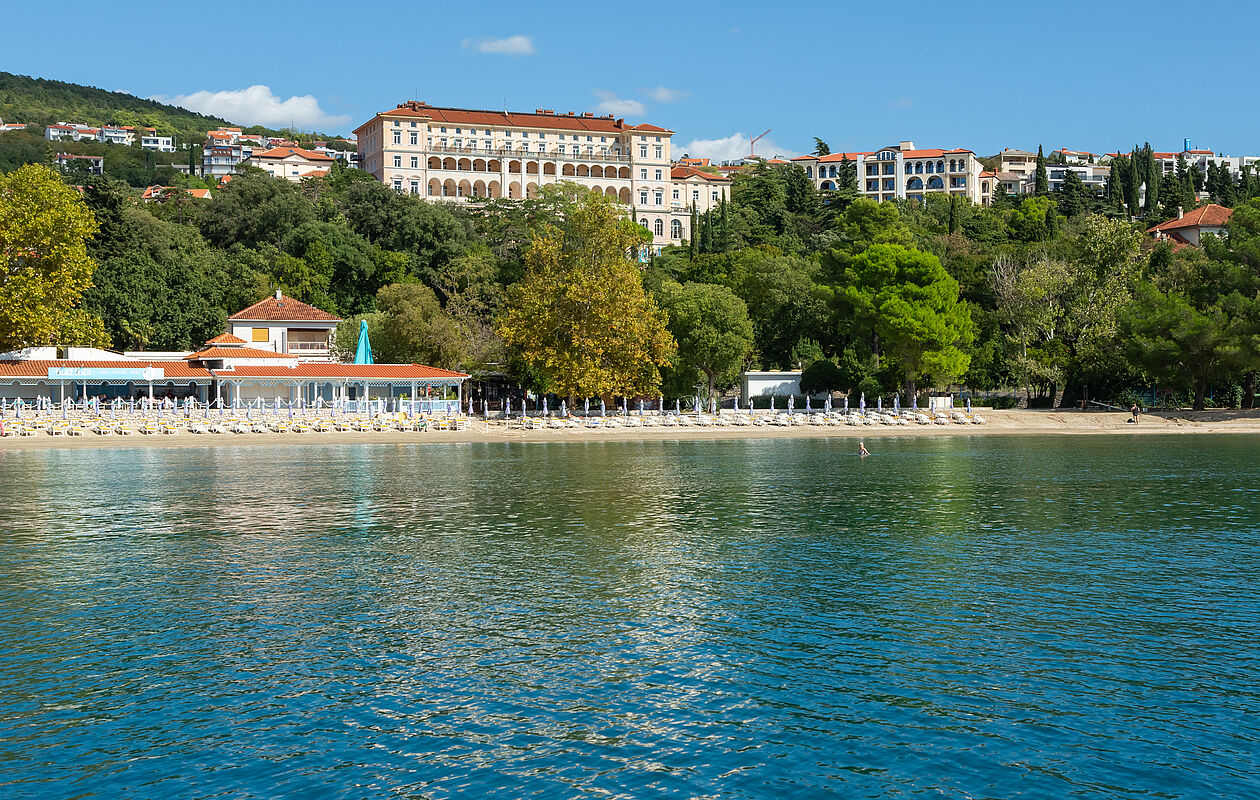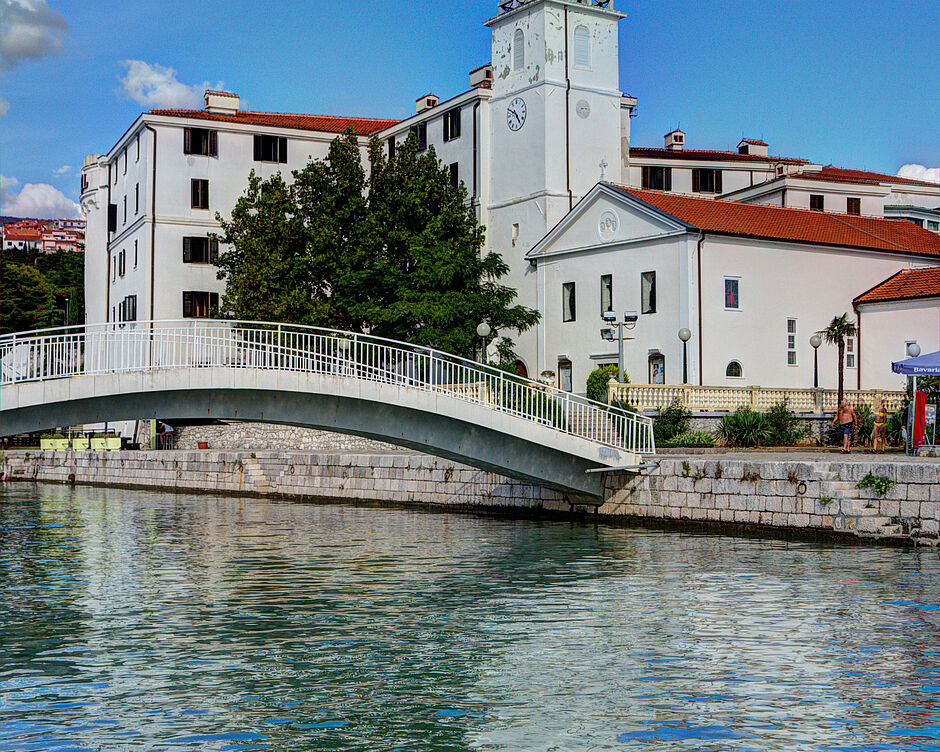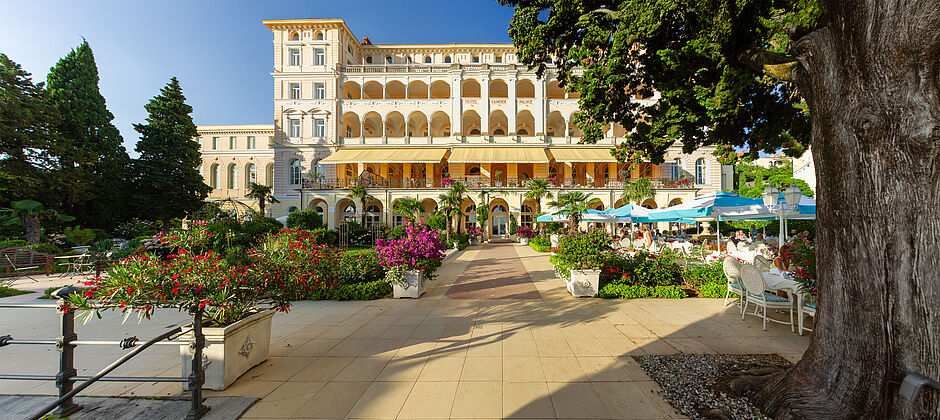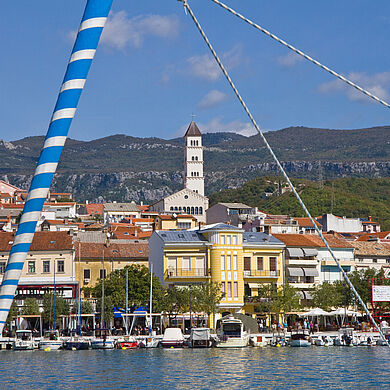
Crikvenica
Crikvenica, a town with a thousand-year history, has been shaped by a rich tapestry of rulers, cultures and influences. Each era has left its unique imprint, visible today in the region's abundant natural beauty and cultural heritage. Discover the stories and timeless charm that make Crikvenica a truly special destination.
A glimpse into Crikvenica’s history
Crikvenica’s history dates back to the Stone and Copper Ages, with archaeological findings suggesting early human settlement in the region. Over the centuries, the town became a crossroads of diverse languages, cultures and shifting powers, marked by both periods of conflict and peace.
The area where Crikvenica now stands was once home to the Roman checkpoint “ad Turres,” a vital location along the road from Aquileia to Salonae, connecting Tarsatica (modern-day Rijeka) and Senia (modern-day Senj). Following the fall of the Western Roman Empire, Crikvenica came under the rule of various monarchs, including Emperor Nepos of Constantinople. The traces of these civilizations continue to shape the town’s cultural and natural heritage.

From Croatian rule to Austro-Hungarian legacy
From the 7th century CE, Crikvenica was under Croatian rule until the region came under Hungarian control in 1102. Despite numerous attempts at occupation and colonization, the Croatians managed to retain their independence. Over the following centuries, control of the region alternated between Austrian and Hungarian rulers, a legacy that is still evident today.
From Frankopan Dukes to the Austro-Hungarian Era
Crikvenica's history dates back to 1225 when it was ruled by the Frankopan Dukes. In 1412, the Pauline Monastery was founded, and the church expanded, marking the town's origins. The name "Crikvenica" comes from the Croatian word "crikva," meaning "church."
Over the centuries, the region was part of various empires, including Austrian and Hungarian control. In 1809, it briefly came under French rule before returning to Austria. Crikvenica remained under Austrian or Hungarian rule until the end of the Austro-Hungarian Empire in 1918.


![[Translate to English:]](/fileadmin/_processed_/e/1/csm_HeaderPS_5bb12c1d41.jpg)
![[Translate to English:]](/fileadmin/_processed_/2/6/csm_Zi_319_001_1e1970aaf9.jpeg)
![[Translate to English:]](/fileadmin/_processed_/5/f/csm_Garten___4__10e326f1ed.jpeg)